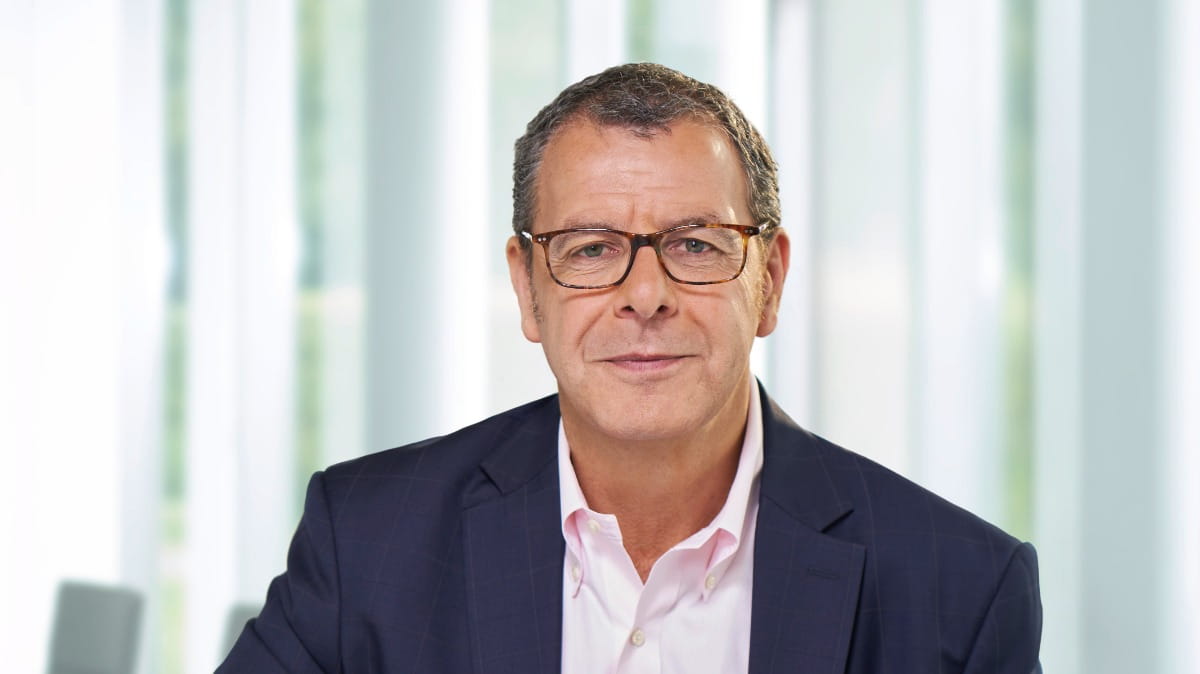Together we can defeat TB
Discover TB risk groups, latest insights on TB detection and latent TB infection testing solutions.
Learn more
The hidden TB epidemic in Ukraine
Tuberculosis (TB) physician Olha Konstantynovska describes what motivates her, how doctors overcome the extraordinary challenges of trying to provide desperately needed care in a war zone, and the implications for her country’s future.
Read more
The digital mindset is part of our DNA
In the age of digitization, growing businesses must digitally transform themselves to be available to their customers. The team at QIAGEN’s high-tech service center in Poland sees this as an opportunity to grow rather than something to shy away from.
We need a huge push to prevent Phi, Rho and Sigma
With Omicron rapidly spreading around the world, we need to learn from our mistakes to prevent emergence of future SARS-CoV-2 variants.
RNA, DNA and the rising cost of IP management
Advances in molecular testing are making patent protection and monitoring ever more difficult. It is time for the sector to reach for new tools.
Insights from our leadership team
Perspectives on social and economic factors that influence our company and our industry.


